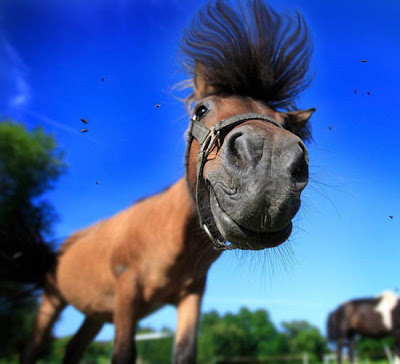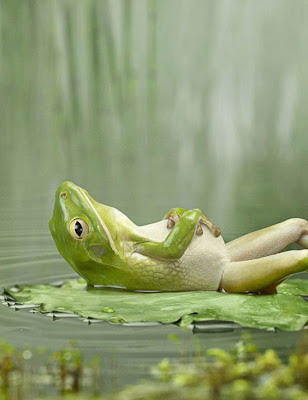Description and Characteristics:
The wildebeest is also known as the gnu, it comes below the antelope family as a hooved mammal. They have a look of features much like a cross between a cow and a horse.
The Wildebeest is resident to Africa and there are 2 species: the Black Wildebeest, or white-tailed gnu and the Blue Wildebeest, or brindled gnu. Gnus belong to the family Bovidae, which include antelopes, cattle, goats, and other even-toed horned ungulates.
Female wildebeest (cows) are smaller than the male and have both have horns.
Feeding/drinking behavior:
The major food basis of wildebeests is grasses. The seasonal life of the African grasslands forces wildebeest to drift. They like to drink daily when water is obtainable, but can go for a few days without water.
Habitation:
Its habitat consists of grassy plains and open woodlands in southern, central, and eastern Africa. They are especially productive in the Serengeti National Park.
Size & Lifespan
Wildebeest grow to 1.15–1.4 meters at the shoulder and weigh between 150–250 kilograms. Wildebeest can live more than 20 years.
Reproduction:
The gestation period in a female is eight and a half months, producing one offspring. The calf is able to stand within minutes of the birth. In a few days it is able to keep up with the herd.
Predators and Threats:
The number of wildebeest has increased steadily over recent years but human habitation leads to less grassland which threatens their long term numbers. The Wildebeests main predators lions and hyenas.

















































